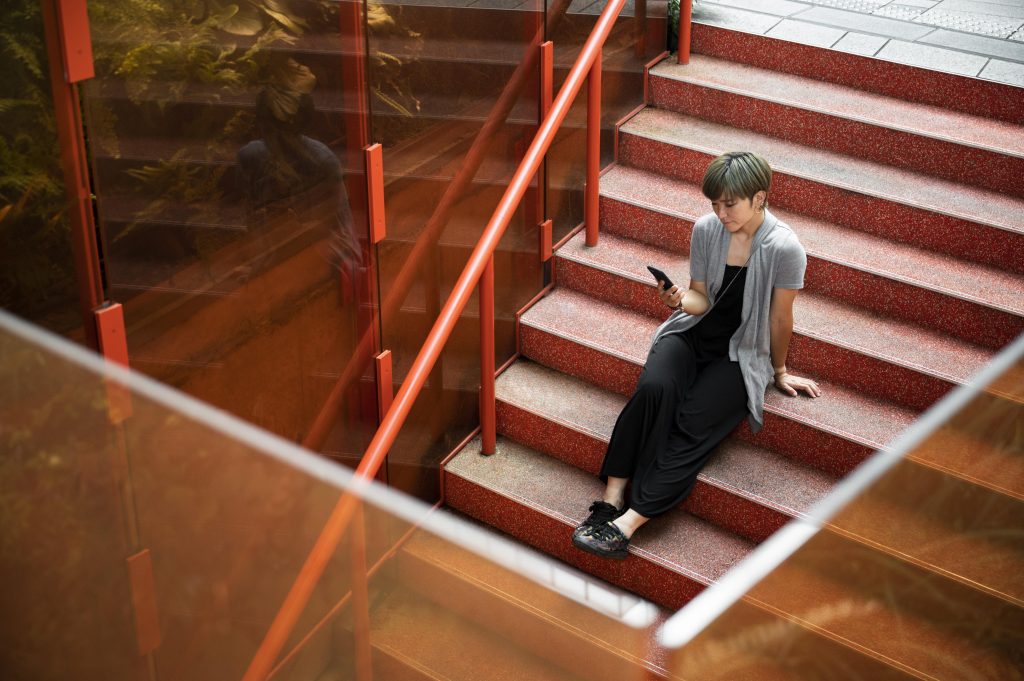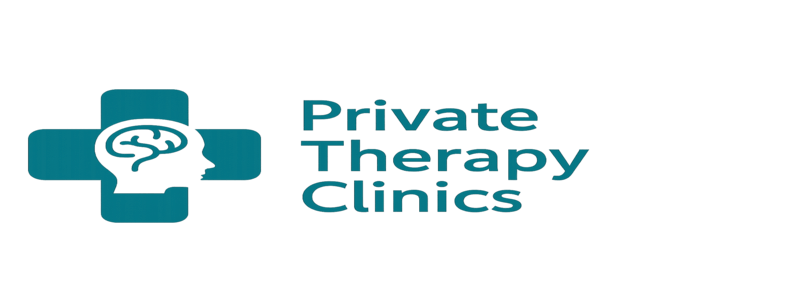
The quiet recoveries we’ve been witnessing across the UK—actors leaving shoots, singers canceling tours, presenters pausing live duties—reveal patterns that are as urgent as they are instructive. Performer burnout is rarely dramatic in the cinematic sense; rather, it is cumulative, methodical, and frequently invisible until it forces a decisive halt.
Underneath the public glitz, there is a daily calculus of trade-offs: creative fulfillment weighed against a decreasing margin for rest, publicity cycles that give preference to immediacy over solitude, and the constant commercial imperative that makes taking a step back feel, ironically, like professional risk. These pressures result in emotional exhaustion that closely resembles burnout as defined by the WHO.
| Label | Information |
|---|---|
| Topic | From Red Carpet to Recovery: Unsung Celebrity Stories of Emotional Burnout in the UK |
| Short definition | Burnout: emotional, physical and mental exhaustion resulting from chronic, unmanaged stress that impairs decision-making, creativity and relationships (WHO-consistent framing). |
| Key pressures | Compressed schedules, relentless media scrutiny, identity friction between private self and public persona, touring demands, body-image expectations and commercial imperatives. |
| Representative cases | Ellie Goulding (touring-related panic); unnamed A-list actor (Guardian therapy vignette); numerous presenters and performers taking strategic pauses reported across UK outlets. |
| Recovery tools | Counselling, CBT, structured rest, on-set therapists, sleep protocols, mindfulness, medically supervised retreats and workplace boundary-setting. |
| Marketplace response | Rise of private clinics, luxury retreats and holistic offerings (Tatler-style); increased on-set provision; parallel growth of influencer programmes and unregulated wellbeing offerings. |
| Ethical/clinical risks | Overpromising by wellness brands, unregulated practitioners, clinical language used for marketing, pressure on public services and confidentiality hazards. |
| Practical takeaway for readers | Verify clinician credentials, prioritise evidence-based interventions, treat celebrity narratives as prompts not blueprints, insist on supervised care and clear referral pathways. |
| Reference | TalktoAngel; Tatler features; The Guardian therapy extract. |
That micro-evidence builds up into a pattern we now see repeating in more visible careers. Anecdotes are important here because they break myths. For example, I recall talking to a production assistant about a lead actor who was “running on fumes” between night shoots and dawn interviews, smiling for cameras while rehearsing a performance whose emotional demands left them depleted.
Public admissions—such as Ellie Goulding’s stories of panic while on tour or the Guardian therapist’s story about an A-list client who sought treatment for performance anxiety—have pushed the discussion along, reorienting viewers to the notion that fame is a magnifier of everyday vulnerabilities rather than a shield.
In particular, among demographic groups that previously saw disclosure as career suicide, those admissions do social work by lowering shame, encouraging help-seeking, and increasing the likelihood of GP appointments. For example, male artists have spoken about anxiety more frequently, which has resulted in a significantly positive change in how younger men view seeking help.
However, the celebrity turning point also creates a commercial cascade: private clinics grow, luxury retreats thrive, and a market of “wellbeing experiences” proliferates, with some offering truly beneficial protocols and others presenting therapeutic jargon as lifestyle theater. This division is both clinically precarious and economically predictable.
To put it bluntly, clinicians and ethicists caution against a flattening of complexity: clinical interventions need evaluation, formulation, and supervised care, not Instagram-worthy rituals. When therapeutic language is used as marketing copy, there is a chance that subtleties will be lost and vulnerable individuals will be drawn into programs that put experience and conversion ahead of long-term results.
In the unsung tales, recovery is usually practical rather than dramatic: retreat, structured support, and then staged re-entry follow recognition, which is frequently private. Practitioners combine evidence-based work like cognitive behavioral therapy (CBT) with sleep hygiene, micro-boundaries, and lifestyle recalibration, which are surprisingly effective at lowering reactivity and regaining creative focus.
One performer I spoke with privately talked about how he learned to “micro-boundary” his day: two hours of offline time prior to rehearsal, one brief social check window following the performance, and a daily wind-down ritual that told his nervous system it was okay to switch to rest. Over the course of several months, those small adjustments resulted in a noticeably better sense of agency and a quantifiable increase in creativity.
In certain areas, the industry has responded adaptably. For example, some production companies have implemented on-set therapists or mental health liaisons, which is a particularly creative move that moves support from crisis management to preventative infrastructure and shields crew and actors from the cumulative stressors that come with lengthy shoots and emotionally charged content.
However, the market’s luxury arm can be deceptive: celebrity-endorsed “brain upgrades,” hypoxic performance sessions, and customized energetic healings can occasionally supplement robust care, but they frequently do so in place of it, producing a façade of recovery that is, at best, fleeting and, at worst, deceptive. As a result, consumers need to be informed about credentials and results.
Verification is the first step in creating a useful consumer map. Look for members of reputable voluntary professional organizations, inquire about supervised clinical experience, and favor providers who outline precise, empirically supported interventions over vague claims of change.
Consider celebrity narratives as suggestions rather than directives: Although a celebrity’s convalescence journey can encourage someone to get treatment, it shouldn’t be used as a model because clinical work is unique to each patient and depends on factors like history, comorbidity, and social support. What works for one performer might not work for another.
Stronger signposting and more transparent advertising guidelines are needed to ensure that therapeutic language is not misused for commercial purposes. Professional associations are calling for greater openness regarding results, consented testimonies, and the boundaries of what an intervention can realistically accomplish.
Positively, stigma is eroding: public discussions about boundaries, pacing, and sustainable careers are becoming more popular in places where silence was once the norm, and this cultural change makes it simpler for people to seek assistance without worrying about being shunned by their peers.
The industry’s ability to prevent burnout will greatly increase if studios, agents, and unions implement workplace safeguards like contractual rest days, embedded mental-health liaisons, and routine screening. This will transform ad hoc interventions into systematic protections that benefit both production teams and creators.
When considered from a pragmatic perspective, the red carpet becomes less of a finish line and more of a checkpoint, a public stage that can also serve as an entry point for discussions about care and long-term sustainability. Durable recovery blends clinical rigor with structural change, including supervised therapy, workplace modifications, and everyday practices that rebuild agency.
When viewed from this perspective, the unsung recoveries on and off camera offer a subtly optimistic message: if evidence, ethics, and easily accessible support are prioritized in the design of the change, the industry can transform from a cycle that depletes its talent into a system that supports it.

